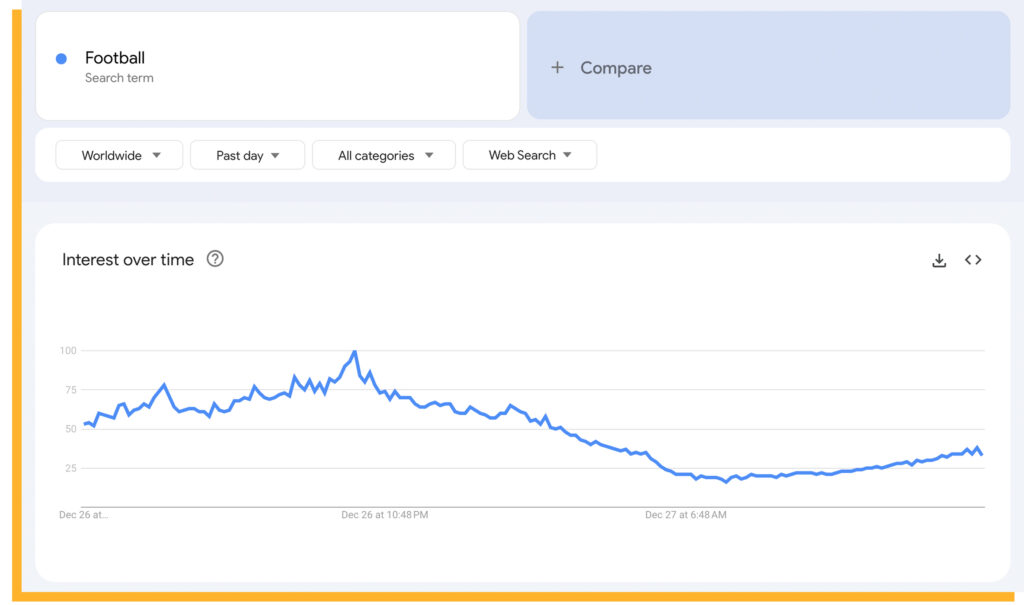Diversifying your Content Spread
While your focus should be primarily on your website, it’s important to remember that you shouldn’t put all your eggs in one online basket. Instead, branch out to other content platforms to expand your reach, build authority, and tell search engines, “Hey, I’m everywhere, and I’ve got something valuable to say!”
Why Distribute Your Content Across Multiple Platforms?
Diverse Audiences
Different platforms attract different audiences. By diversifying where your content lives, you increase the chances of reaching new and varied sets of eyes. It’s like having a conversation with people in different rooms at the same party.
SEO Signal Boost
Search engines love diversity. When your content pops up in various corners of the internet, it sends positive signals about your relevance and authority. It’s akin to having multiple references vouching for your expertise.
Brand Visibility
Being omnipresent in the digital realm boosts your brand visibility. The more platforms you’re on, the more likely users are to stumble upon your content, remember your brand, and even become loyal followers.
A Rundown of Content Distribution Platforms
Your Own Website
– The digital headquarters where you have full control over your content and brand messaging.
– Publish comprehensive articles, blog posts, and cornerstone content here.
Social Media Platforms
– Engage with a massive audience on platforms like Facebook, Instagram, Twitter, LinkedIn, etc.
– Share bite-sized content, visuals, and snippets that drive traffic back to your website.
Video Platforms (YouTube, Vimeo)
– Leverage the power of video content for a dynamic and engaging experience.
– Create how-to videos, tutorials, or behind-the-scenes glimpses of your brand.
Podcasting Platforms
– Reach audiences on the go with audio content on platforms like Spotify, Apple Podcasts, or Google Podcasts.
– Dive deep into discussions, interviews, or storytelling related to your niche.
Guest Posts and Publications
– Contribute content to reputable websites in your industry or related fields.
– Guest posting not only expands your reach but also builds valuable backlinks.
Online Communities and Forums
– Participate in relevant online communities, forums, or niche-specific platforms.
– Share your expertise by answering questions and providing helpful insights.
Email Newsletters
– Nurture a dedicated audience through regular email newsletters.
– Share exclusive content, updates, and promotions directly with your subscribers.
Remember, the key is not just to be present but to be purposeful. Tailor your content for each platform, engage with your audience, and create a cohesive narrative across the digital landscape. By spreading your content wings across multiple platforms, you’re not just playing the SEO game but mastering it across a harmony of platforms!





Join the conversation
1 comment
Sphamandla Mavuso on Jan 14, 2024 at 6:18 am
Wow it's good
Submit a comment
Your email address will not be published. Required fields are marked *